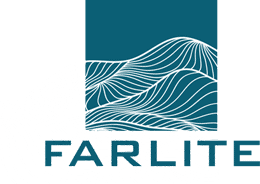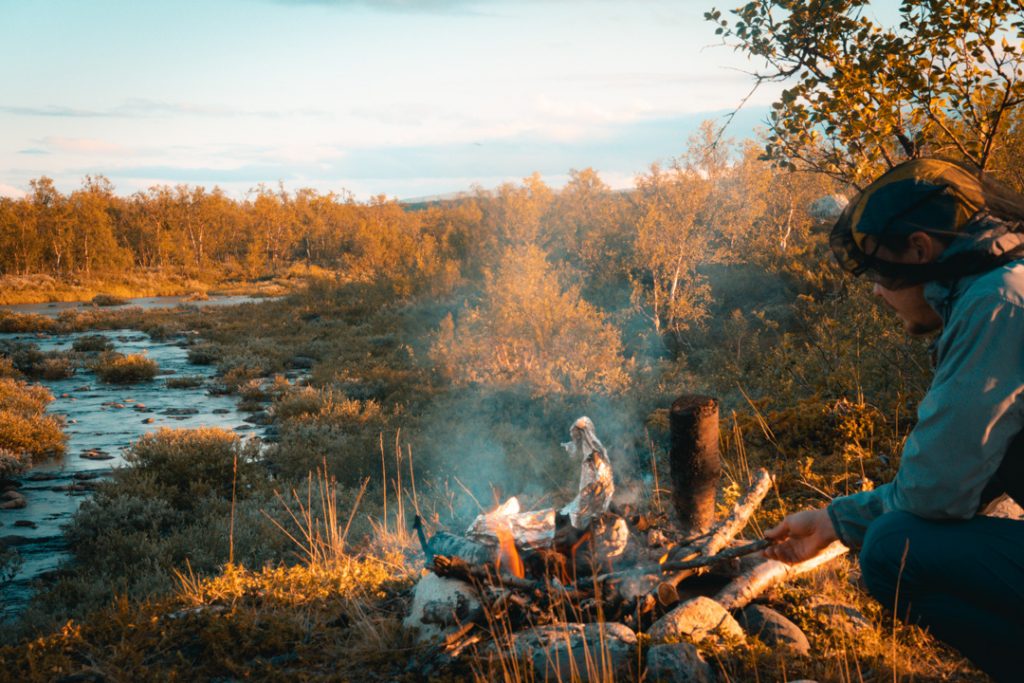Uncategorized
Ultralight 101
Lowering your pack weight makes sense. You can hike longer or make your short hike easier and more enjoyable. With lighter pack you can extend your range, and see more in one trip.
Best way to lower your gear weight is by starting with the existing gear. Be critical of what to pack. Many hikers have excess gear in spare clothes, kitchen gear, tools as well as food and water. These are good categories to start reducing the number of gear.
When taking spare clothes, think twice what is actually needed. Usually one set of dry baselayers for sleeping is enough. In the morning you put back on the trekking clothes, and the hike continues. It is a good idea to start pruning spare clothes from spare pants, wool shirts, thick socks and heavy hiking jackets.
Many times hikers also have too large camp kitchen with them. Too many pots and pans add burden to the pack, and gadgets like spice vessels, plates and fancy utensils add up.
Often hikers also have a lot of weight in tools. This applies especially to men. Carrying multi-tools, axes and saws is often not necessary. In Northern climate, it is usually possible to build a fire without tools by using birch bark and dead-standing sticks. Nordic wilderness huts very often have an axe and saw in the woodshed. Lightweight knife is thus often enough for fire making.
Many hiker carry too much food with them. This is understandable – our primeval instincts kick in to ensure food does not run out. But it is good to think twice before packing that extra-extra food pack in your pack. Usually people end up carrying home camp meals that have seen a one hundred kilometer hike. Calculate your food needs and pack accordingly, eat before starting the hike and consider leaving the extras at the car instead of packing them in.
Carrying water is another instinct. In Northern wilderness clean water is everywhere, so carrying it makes often little sense. By carrying an empty bottle instead of full gives you a one kilogram weight savings for zero cost. In drier locations it is wiser to carry more water with you.
Big Three
When shedding weight from backpack it makes sense to focus on the Big Three, which are the heaviest items usually found in a backpack. These are shelter, backpack and sleep system. Most hikers can easily drop kilograms of pack weight from these items.
For shelter, many Nordic ultralight hikers choose a trekking pole tent or a pyramid tarp. Other ultralight options include flat tarps and light dome and tunnel tents. Modern shelters weigh roughly a kilogram without significant compromises in comfort on wind resistance.
Switching to a lighter backpack is usually a quite easy way to drop weight. Modern backpacks weigh roughly a kilogram and carry the gear and food without compromises. When comparing to a old-school backpack weighing 3-4 kilograms, the choice is easy. When starting lightweight backpacking, it makes sense to choose a larger lightweight backpack to ensure all your old gear fits in. With more experience, this backpack stays relevant on longer hikes, winter trips and e.g. packrafting.
It is best to choose a high quality down sleeping bag from the start. Down is lighter and warmer than synthetic fill, and will last longer. Many ultralight backpackers also choose quilts instead of sleeping bags. In quilts eliminate the hood and back part of sleeping bags, resulting in a lighter weight. Usually a down jacket is used in combination with a quilt.
For sleeping pad, a light weight air pad is usually the best choice. For example Therm-A-Rest pads are very popular. Closed cell foam pads also work, and are convenient when enjoying beside campfire, but they are not as warm and comfortable.


 Suomi
Suomi
